The category should be used for all English posts to allow proper display in the feed on our webpages.
Category: In English
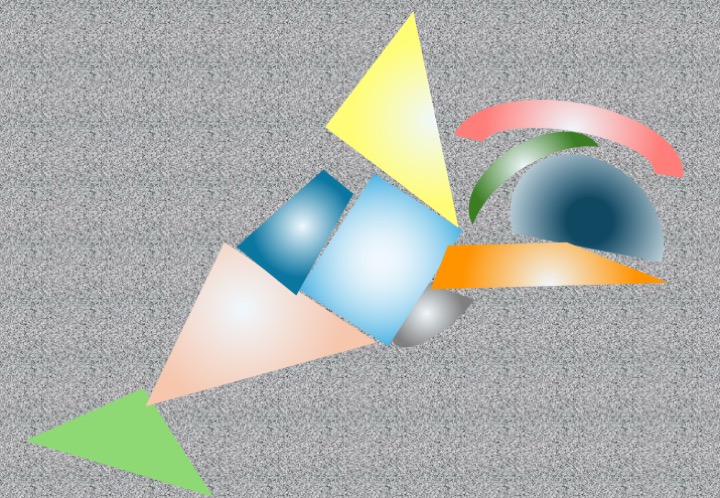
Outreach through ‘art’ – reflections on a sketch experiment on myself
Scientists are used to and trained for communicating with scientists. This includes presentation of research ideas and research projects in a short and comprehensible manner, scientific articles as well as oral and poster presentations at scientific conferences are typical examples. Usually, the audience comprises of higly trained scientists […]

25 years of PhD training at the NHM Oslo
By August 2024 the Natural History Museum (NHM) at the University of Oslo turned 25 years. Not that the entire institutions is that young, but in 1999 the NHM was formally created by the merger of the earlier Botanical, Zoological, Geological and Paleontological museums as well as the […]

Better together: Scientists from 33 European countries join forces to generate reference genomes for the continent’s rich biodiversity.
The European Reference Genome Atlas (ERGA) Pilot Project reports its success in uniting researchers from across Europe to produce high-quality reference genomes for 98 species. This continental effort is setting the stage for a new, inclusive and equitable model for biodiversity genomics. This resulted in several publications, which […]
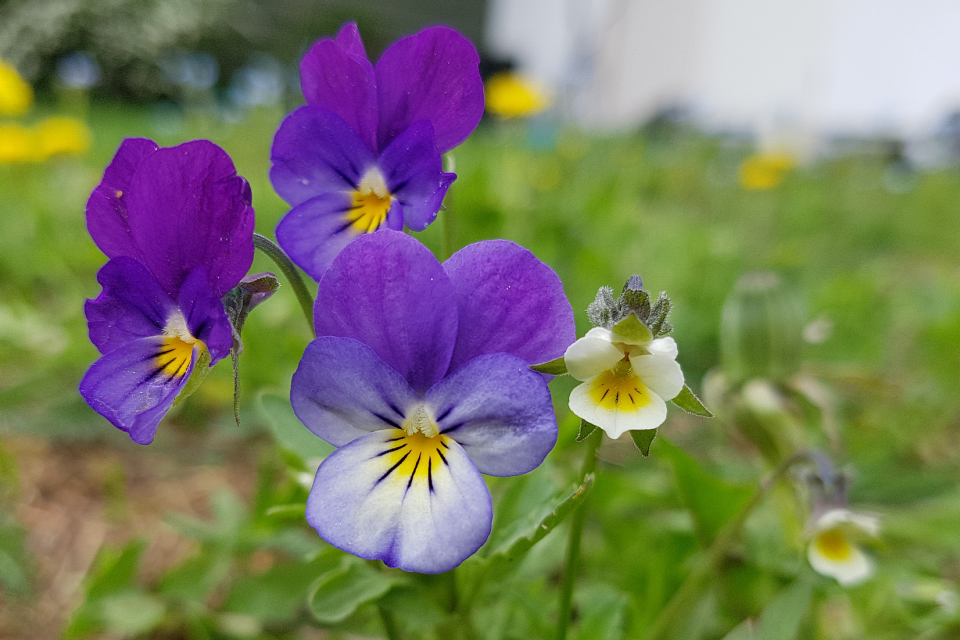
Group of the month September– Viola
This month I wish to present a group that I have been working on for nearly 30 years, the angiosperm genus Viola which comprises violets and pansies (Figure 1). Our group recently produced a monograph of the genus (Marcussen et al. 2022) – the first comprehensive (and very […]
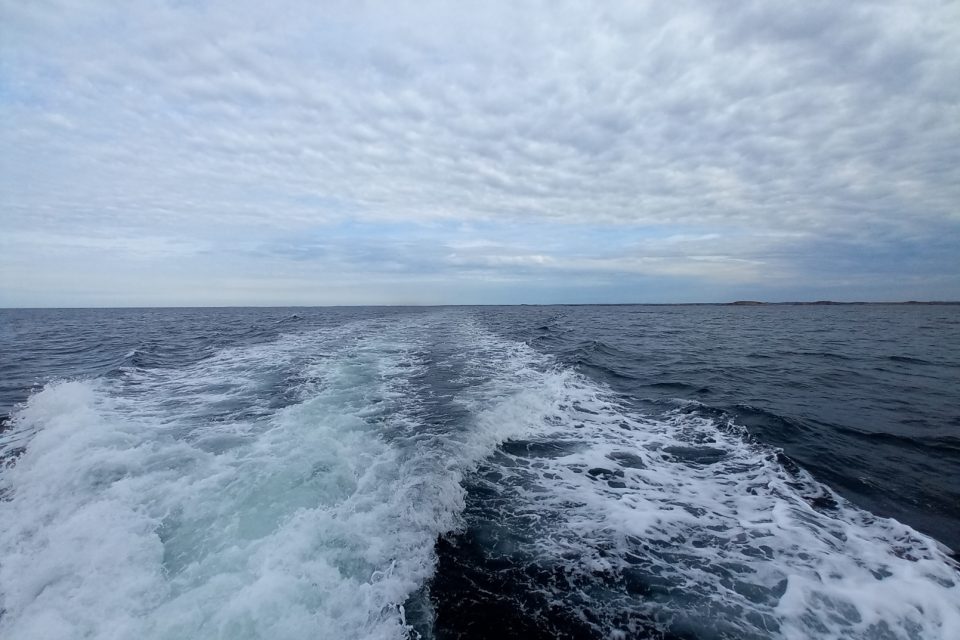
Getting the boring stuff – Fieldwork in Sweden
From August 12th to 16th, I went to do fieldwork at the Kristineberg Center for Marine Research and Innovation (Sweden) together with Thomas Schwaha from the University of Vienna (Austria) and Nick Roberts from the University of Alabama (USA). The main goal of the fieldwork was to find […]
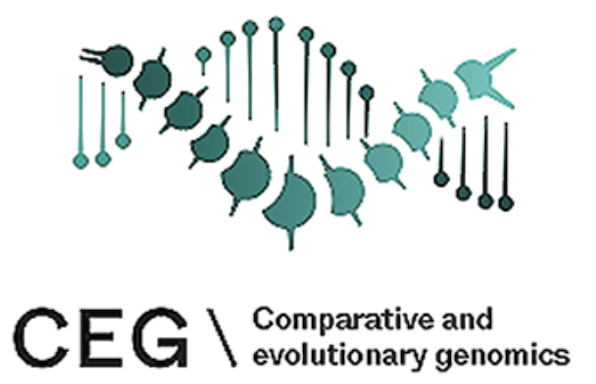
Possible Masters project in the CEG research group
Tuesday 13. September the Natural History Museum invited the new Master students in Biology at the University of Oslo to a presentation of potential Masers projects. CEG was represented by Lutz Bachmann who intorduced the opportunities within the CEG research group. It was great to see that very […]
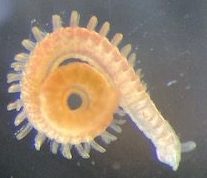
Group of the month: The boring worms
This month, we will present to you the boring worms. These are worms of different genera, which belong to the polychaete family Spionidae. Polychaetes are also called bristle worms as the often have a large number (poly) of bristles (chaetae) on their segments. The family Spionidae is a […]
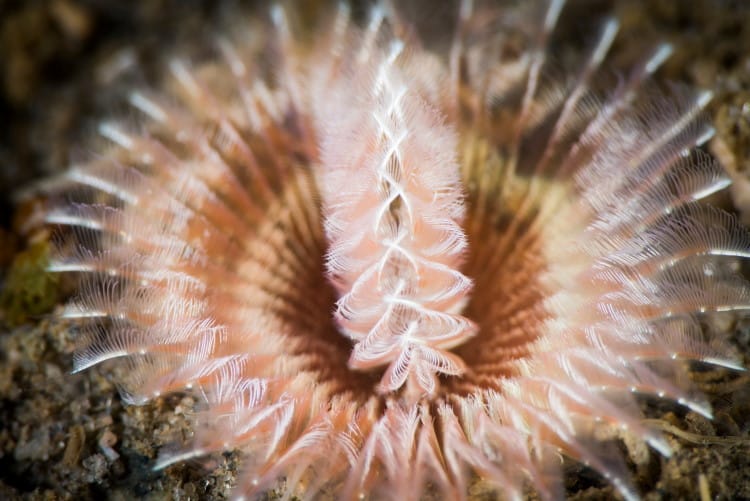
Group of the month July – Phoronida
This month, I wish to present a very beautiful invertebrate phyla, namely Phoronida – also known as Horseshoe worms. The phylum is fairly small, with 13 recognized living species, divided into two genera; Phoronis and Phoronopsis. They are found within the phylogenetic grouping of Lophotrochozoa, more specific […]
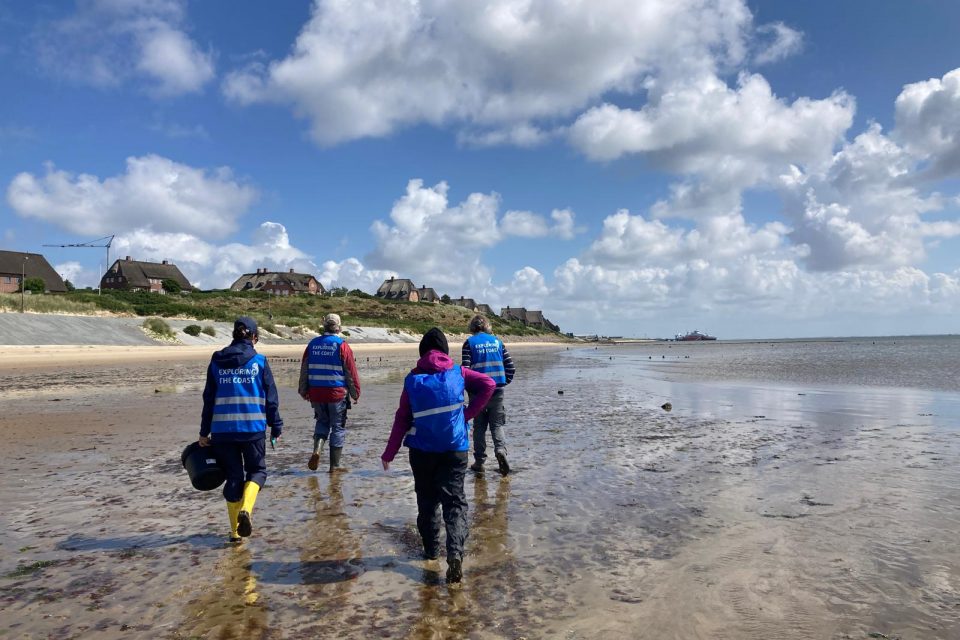
Three-in-one sampling trip to Sylt
This spring some of us at the CEG group went on a field trip to the island of Sylt, located on the North Sea coast of Germany, very close to the border with Denmark (Figure 1). Biological research has a long tradition in this area, and Sylt in […]
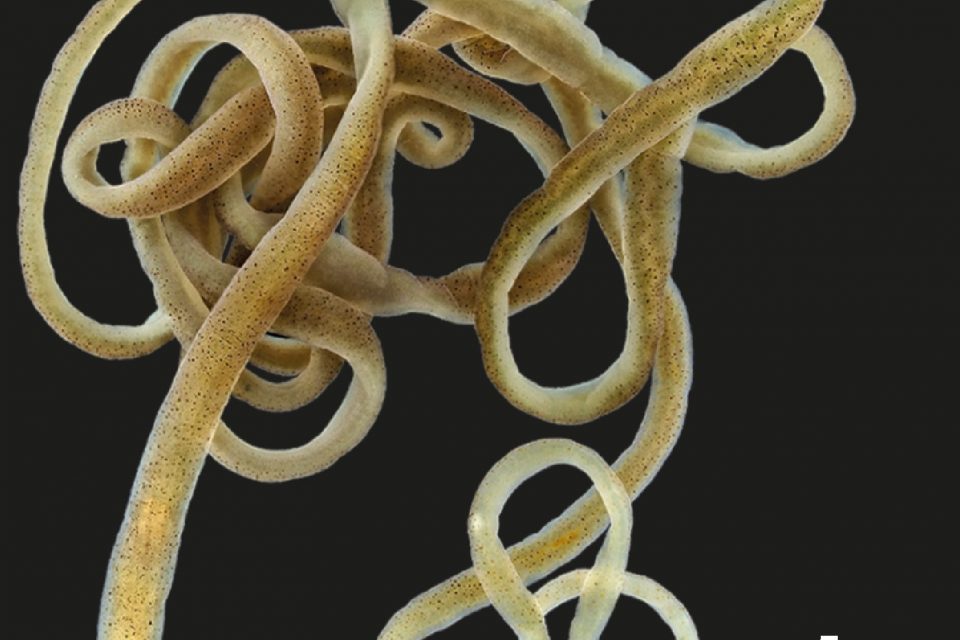
Slimy but shiny – the first reference-level genome from the InvertOmics project
We are happy to announce the first genome release note of the InvertOmics project in Genome Biology and Evolution. The genome of Emplectonema gracile has been sequenced and generated at the reference level of the EBP standards. What does this mean? The quality of the genome is of […]